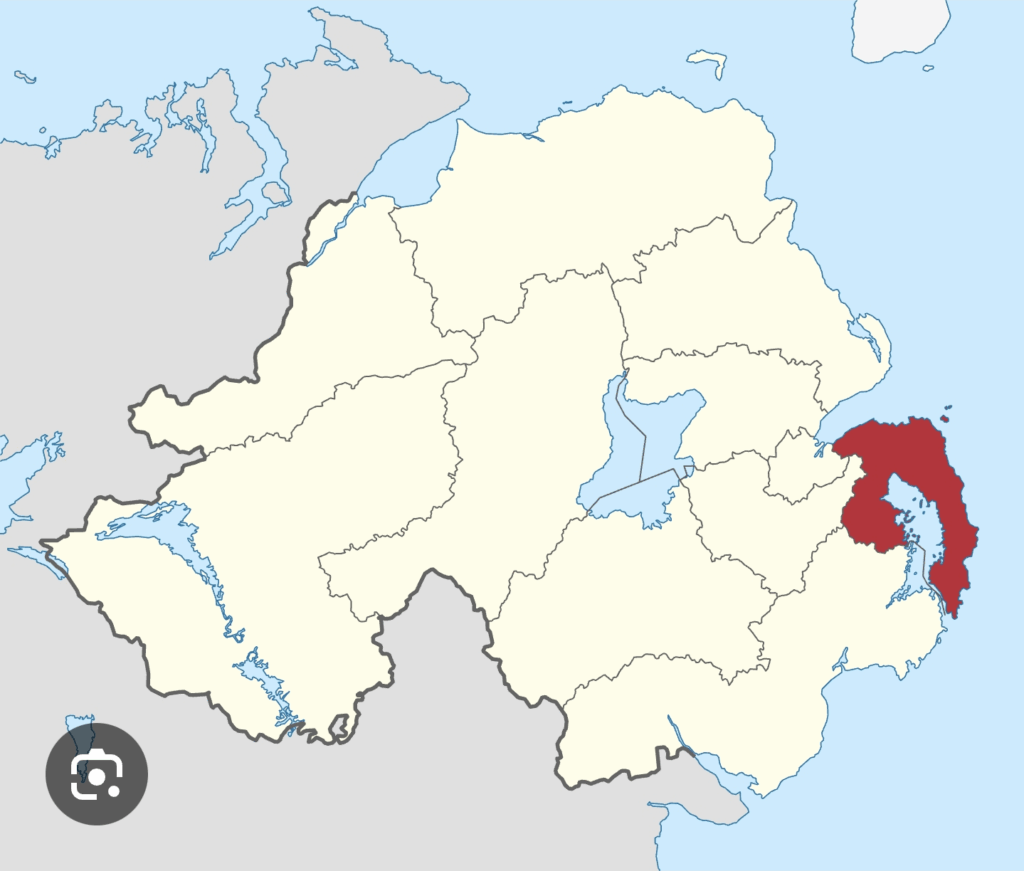- BY Kevin Barry BSc(Hons) MRICS
- POSTED IN Latest News
- WITH 0 COMMENTS
- PERMALINK
- STANDARD POST TYPE

Why the Ards Peninsula Is Gridlocked — And How a Strangford Crossing Fixes It
If you live anywhere on the Ards Peninsula, you already know the problem:
the Newtownards–Portaferry Road (A20) is bursting at the seams.
Click on image below for more in depth calculations

Every weekday brings the same routine:
- Tailbacks at Scrabo.
- Stop-start queues near Kircubbin and Greyabbey.
- Long delays getting to Newtownards, Dundonald and Belfast.
- A string of accidents on corners everyone knows too well.
What most people don’t realise is why this happens — and why it keeps getting worse.
The simple truth is this:
All traffic leaving the Ards Peninsula is forced onto one overworked road.
The only other option — the Strangford Ferry — doesn’t have the capacity to take any meaningful share of the demand. It moves only around 320–400 vehicles per day, even though nearby roads carry 10,000–23,000 vehicles per day.
That imbalance creates a transport system that doesn’t work for anyone.
The Ferry Bottleneck
The ferry is a useful local service, but it was designed in the 1960s to replace a rowboat — not to act as a major regional transport link.
It is physically limited to:
- Around 20–27 cars per sailing
- One sailing every 20–30 minutes
- One boat operating most of the year
- No night service
- Cancellations due to tides, staff shortages, weather or maintenance
Even if it ran perfectly, it could never carry more than a tiny share of the traffic that actually wants to cross the lough.
The result is obvious:
The Strangford–Downpatrick road is quiet because the ferry prevents people getting onto it.
The A20 is overflowing because it’s carrying everyone.
It is an artificially distorted road network.
A20: Too Much Traffic on a Road Never Designed for It
Instead of having two balanced routes around Strangford Lough, almost all movement is squeezed into a single spine road. That means:
- Heavy daily congestion
- Long delays at peak times
- Increased emissions
- More driver frustration
- Higher accident exposure
And it scales every year as more homes, more commuters, and more school traffic all pour into the same narrow corridor.
Meanwhile, the Strangford–Downpatrick road — the natural outlet — is underused simply because the ferry blocks access.
What a Fixed Strangford Crossing Would Do
A permanent crossing doesn’t remove the ferry alone — it removes the bottleneck.
With a bridge, even a basic two-lane structure, the region gets:
1. Two proper corridors instead of one
Traffic can distribute across the peninsula in a way that matches demand.
2. Relief for the A20
Even shifting 5–10% of Comber/Newtownards traffic across a fixed link would noticeably reduce tailbacks and accidents.
3. Reliable 24/7 access
No cancellations, no queues, no waiting — essential for commuters, students, emergency services and businesses.
4. Better links to Downpatrick and the wider South Down area
What should be a short hop becomes a genuine connection, opening up jobs, healthcare, and education on both sides of the lough.
5. A joined-up region
Ards and East Down finally become part of the same economic and social space — as they naturally should be.
The Ferry Worked in the 1960s — Today, It Holds the Region Back
The ferry is not the failure.
The road network design is.
A 1969-era car ferry can’t meaningfully serve a 2025-era region.
A fixed link would rebalance traffic, reduce accidents, cut journey times, and unlock the full potential of the Ards Peninsula and East Down — for the next 100 years.
